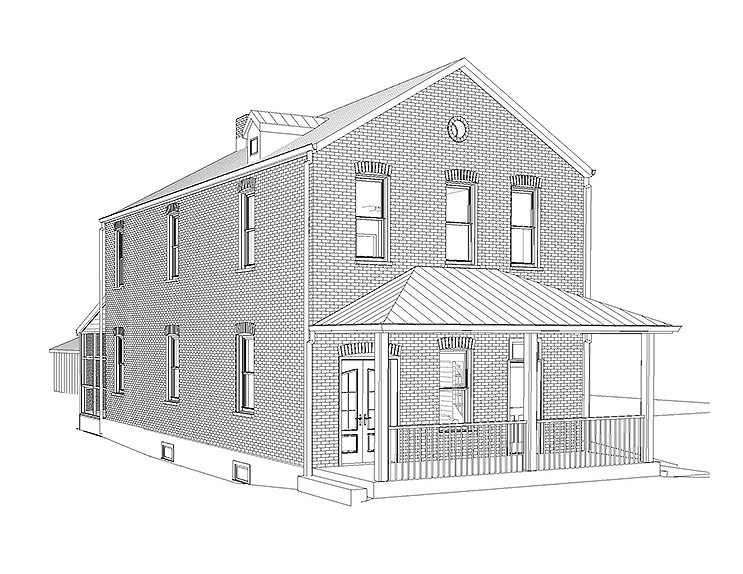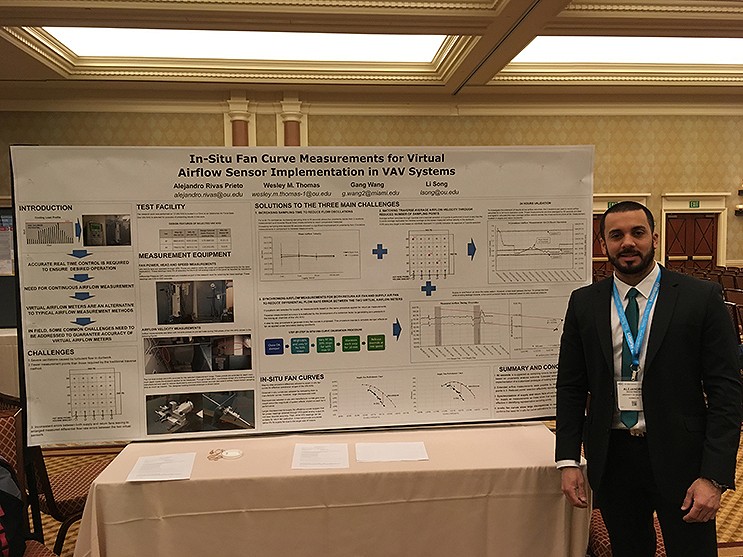Junior Achievement has been making an impact in students’ lives since 1919 when it was founded by Theodore Vale, president of AT&T, Horace Moses, president of Strathmore Paper Co., and Senator Murray Crane of Massachusetts.
What is Junior Achievement? Junior Achievement is a non-profit youth organization that offers volunteer-delivered K-12 programs fostering work readiness, entrepreneurship, and financial literacy skills. The organization reaches more than 4.8 million students per year in the classroom and after-school locations.
Their purpose is to inspire and prepare our young people to succeed in a global economy by providing them with the knowledge and skills needed for economic success, planning for the future, and making smart economic choices. Statistics show that:
- 20% of U.S. students will not complete high school on time and earn a diploma
- 49% of U.S. employers recognize that talent shortages impact their ability to serve clients and customers
- 36% of Americans say that they have at some point in their lives felt their financial situation was out of control.
- 91% of millennials wish they had greater access to entrepreneurial education programs.
For the past seven years, CAGE has been a part of JA in a Day, one of the many programs offered through Junior Achievement. This one-day event is a great way to serve the community while creating a team-building experience. Not to mention, the teachers get a respite and see the benefits of having a business professional in their classrooms.
Two CAGE Team Members share their insight on what volunteering for the organization means to them.
Sarah Ontiveros, HR Manager
When did you first get involved with Junior Achievement and the JA in a Day Program?
I was first introduced to JA in a Day through the CAGE Cares Foundation back in 2012. The Foundation had already adopted Keyes Elementary, a school located very near our office in Irving, Texas. It was through the school that we learned about JA in a Day and how much it meant to the teachers and students. So, it was then that we decided to begin volunteering. CAGE had also been supporting our local Junior Achievement through donations.
So, you volunteered at Keyes Elementary, what has the experience meant to you?
I look forward to it every year and just love it! The experience is so rewarding. You walk in and the kids just brighten your day.
What is the time commitment? Our lives are so busy, how long does it take for you to prepare?
After participating for so many years, preparation takes very little time. The materials and curriculum are provided by our local Junior Achievement Chapter and sent directly to our office. An hour planning session is scheduled for the entire team of volunteers a week before the day where we walk through the curriculum and organize the supplies. From that time forward, it’s just a matter of becoming familiar with the materials prior to the actual volunteer day.
“By the end of the day you’re a Rock Star and can’t leave without a hug from each kid.” -Sarah Ontiveros
Can you give our readers an idea of what a typical day is like?
All the volunteers gather together for a brief orientation prior to going to the classroom. One of the students from the school will then escort you to the room where you will meet the teacher and discuss the day. Materials are gathered together, introductions are made and then you get started on the curriculum. When the kids get overly excited, we might play a game like Simon Says or do some exercises. By the end of the day, you’re a Rock Star and can’t leave without a hug from each kid.
What are some of the challenges you have?
One of the most challenging aspects is trying to make sure the kids stay excited and I worry they won’t have a good time. I always make sure I thank the teacher for what they do. At the end of the day, I’m completely worn out. It’s hard to imagine doing that every day.
Who benefits from JA in a Day and how impactful do you think it is?
Students learn life skills related to money, education, and how important it is to go to school and stay in school. Volunteering is so rewarding. Just being with the kids and seeing how they benefit makes me feel so good—I just might be making a difference in their lives.
Why is this program so important to our community?
It teaches financial management and education outside their normal curriculum in a fun way. The program also promotes future entrepreneurship.
Daniel Merritt, Assistant Controller
When did you first get involved with Junior Achievement and the JA in a Day Program?
Seven years ago, when the opportunity was first offered.
So, you volunteered at Keyes Elementary, what has the experience meant to you?
I have a much greater appreciation for our teachers. It’s amazing how Keyes Elementary is in a lower socio-economic part of town, but the kids are so respectful and orderly that you would think that it is a private school.
What is the time commitment? Our lives are so busy, how long does it take for you to prepare?
For me, it is typically a one-day prep. It took more time in the beginning, but now, after doing it for so long, it takes about an hour and a half of preplanning and then completing name tags and the certificates they receive ahead of time.
Can you give our readers an idea of what a typical day is like?
We arrive at the school, meet with other JA volunteers for a brief welcome and then the kids take us to our assigned classroom. Introductions are made and we begin the curriculum. There are 4-5 sections to go through. If the kids begin to get distracted, we’ll stop and play a game like Simon Says.
I can honestly say that we go non-stop and it can be stressful because you worry whether the kids are enjoying the day. You’re on stage the whole time and physically drained at the end of the day.
Once we finish—it’s off to a well-earned Happy Hour!
What are some of the challenges you have?
Keyes Elementary has a very diverse student base where many of them speak Spanish – and I don’t.
Another challenge is keeping them focused. Most are pretty good listeners, but hey, they are kindergartners.
Who benefits from JA in a Day and how impactful do you think it is?
Everyone benefits. The curriculum is about money management and future career/entrepreneurship. Teachers get a break and the children have fun and maybe we make an impact in their lives.
Why is this program so important to our community?
Because they are our future workforce and our corporate responsibility should be to nurture them so that they can be successful. It also shows them that the workforce cares about them regardless of their circumstances.
To inspire future generations and for your chance at an amazing and rewarding volunteer experience, go to https://www.juniorachievement.org/web/ja-usa/volunteers.






